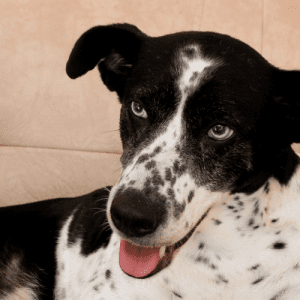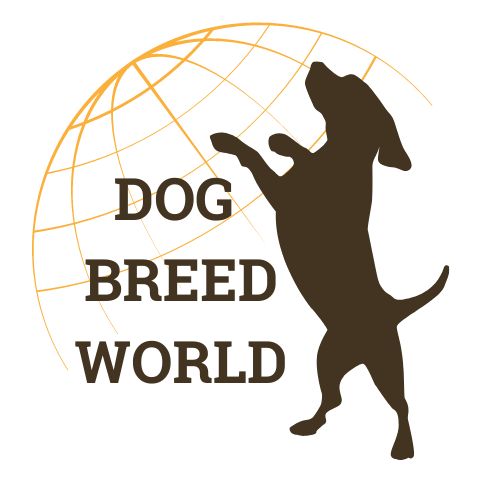
What Is The History Of The Eurohound: (aka Euro dog, Scandinavian hound) Breed?
The Eurohound is a relatively new breed, having only been developed in the last few decades. However, the history of the Eurohound can be traced back to two older breeds – the Swedish Elkhound and the Norwegian Elkhound. These two breeds were used for centuries in Scandinavia for hunting elk and other large game, and they were prized for their courage, strength, and tenacity. In the 1970s, some breeders in Scandinavia crossed these two breeds to create a new breed that would retain the best qualities of both. The resulting breed was called the Eurohound, and it quickly became popular as a hunting dog and companion animal. Today, Eurohounds can be found in many parts of the world, and they continue to be prized for their loyalty, courage, and hunting ability.
What Does An Eurohound: (aka Euro dog, Scandinavian hound) Look Like?
The coat of the Eurohound: (aka Euro dog, Scandinavian hound) can be a variety of colors, including black, brown, tan, and white. The length of the fur can also vary but is typically on the shorter side. The breed does not have a lot of hair, so shedding is not typically an issue. A simple brushing every few days should suffice when it comes to grooming.
How Big Is An Adult Eurohound: (aka Euro dog, Scandinavian hound)?
The Eurohound is a large breed of dog, with males typically weighing around 100 pounds and females around 80 pounds. They are muscular and powerful dogs with a thick coat that can be either short or long. The breed is known for being very active and energetic and needs plenty of exercise to stay healthy and happy. Eurohounds are loyal and loving companions and make great family pets.
Are There Other Dog Breeds Related To The Eurohound: (aka Euro dog, Scandinavian hound)?
There are a few dog breeds related to the Eurohound, which is also known as the Euro dog or Scandinavian hound. These breeds include the Danish-Swedish Farmdog, Hamiltonstovare, Norwegian Buhund, Norwegian Lundehund, Swedish Elkhound, West Scandinavian Laika (or Bjarmalärka), and East Scandinavian Laika (or Karelskaja Laika, Finnish: Karjalankarhukoira).
What Is The Life Expectancy Of An Eurohound: (aka Euro dog, Scandinavian hound)?
The life expectancy of a Eurohound: (aka Euro dog, Scandinavian hound) is about 10-12 years. They are a hardy breed with no known major health concerns. However, like all dogs, they are susceptible to health problems such as hip dysplasia, elbow dysplasia, and eye problems. Regular vet checkups and screenings can help catch these problems early and allow for treatment that can improve the dog’s quality of life.
Can An Eurohound: (aka Euro dog, Scandinavian hound) Be Trained?
An Eurohound: (aka Euro dog, Scandinavian hound) can be trained to do a variety of things. They are often used as hunting dogs, so they can be trained to track and flush out game. They can also be trained to be loyal and protective companions. With proper training, an Eurohound: (aka Euro dog, Scandinavian hound) can be a great addition to any family.
What Are Some Interesting Facts About An Eurohound: (aka Euro dog, Scandinavian hound)?
- The Eurohound is a versatile hunting dog breed that can be used for a variety of games, including hare, fox, deer, and wild boar.
- The Eurohound is known for its endurance and stamina, making it an excellent choice for long days out in the field.
- The Eurohound has a strong prey drive and is an excellent tracker.
- The Eurohound is a relatively new breed, having only been developed in the last few decades.
- The Eurohound is considered one of the best all-around hunting dog breeds thanks to its versatility and tracking abilities.
How Does An Eurohound: (aka Euro dog, Scandinavian hound) Interact With People?
The Eurohound is a hunting breed that has a strong bond with its owner. These dogs are very devoted and loyal to their family and make excellent companions. They are patient and gentle with children, and they are also good with other pets. Eurohounds enjoy spending time with their people and love being active. They need plenty of exercise and mental stimulation, so they do best in homes where there is someone who can provide them with plenty of attention and activity. A Eurohound can be a lifelong friend and companion with the right owner.
